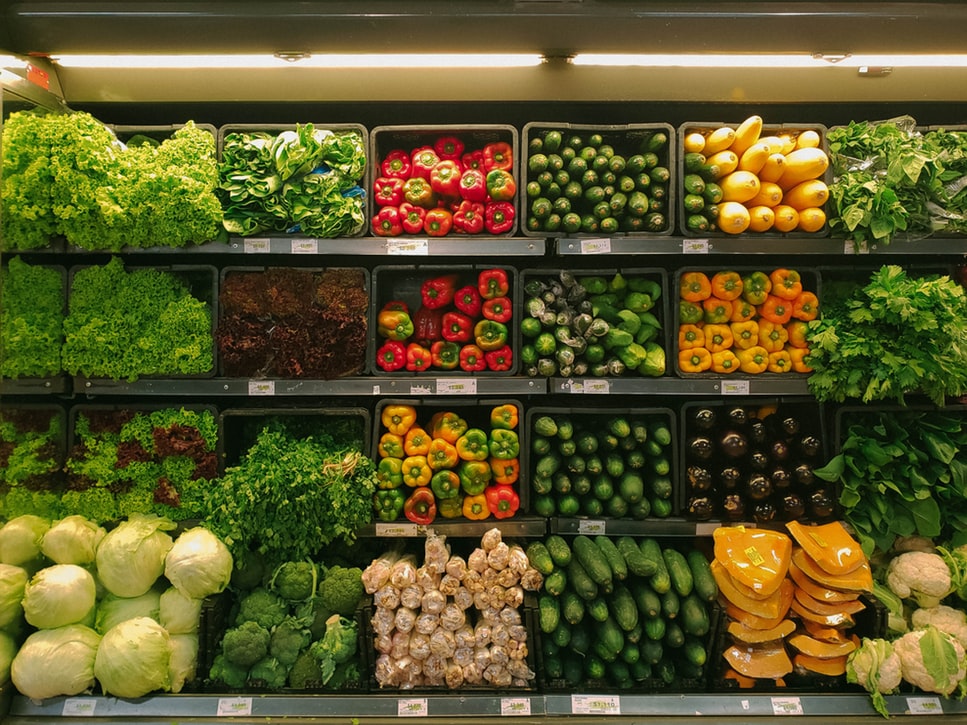By: Patrick Walsh, Vice President, Supply Chain & Chief Business Development Officer, Food Marketing Institute
Collaboration 2.0 is FMI’s multi-year initiative, developed with Market6®, to help the grocery industry improve how grocers and suppliers work together around key shared business processes. I sat down with Market6® to dig deeper into what Collaboration 2.0 is all about.
The idea of retailer-supplier collaboration has been around for quite some time. Why do you think it’s getting renewed attention today?
The environment in which food retailers operate today is very different from years past. Retailers are required to deal with a large number of smaller, sophisticated suppliers. Finer grained buying segments exist as the market continues to fragment. Customers are expecting a consistent experience across channel and multi-channel buying is rising. Last, but probably most importantly, socially connected shoppers fuel this increasingly complex world. Communication is more difficult and the shopper experience is being amplified.
As trading partners embark on the collaboration journey, where should they focus?
There are three primary areas that require immediate focus: Supply chain unification, promotional effectiveness and understanding the consumer. Why is a unified supply chain important? Ultimately, retailers are looking for the perfect balance between inventory and the costs to service the customer. Among other things, achieving this balance requires a shared view of data coupled with the ability to measure performance for out of stocks, lost sales and other metrics. Better planning leads to more effective promotions. One could argue the journey starts here and takes into account an assessment of past performance. As collaborative planning and budgeting takes place, there are a number of analytic tools like simulations that provide much needed guidance for both retailers and suppliers.
There are many examples we could discuss around understanding the customer. In one case, we found that an energy drinks provider was working with a national grocer to drive increased market penetration. They leveraged shopper research to better understand shelf organization leading to a 30 percent growth in new households purchasing the drinks. This focus on shelf capacity had a dual effect. Out of stocks were reduced by 25 percent. We recommend focusing on these three areas.
What types of analysis do you recommend in support of collaboration?
There’s so much that can be done. At the core are three phases of analysis. The first is supply chain analysis done in a collaboration fashion. It involves looking at key operational metrics centered on day to day activity. We recommend analyzing metrics for out of stock events and out of stock rates. The rates create an even playing field across stores of varying size. Lost sales value, average days of supply, on time delivery and service levels from the distribution center to stores are all critically important. There are others, of course.
The second phase of analysis is category planning, again done collaboratively. Trust is an important part of collaboration and it’s achieved through a coordinated, well planned approach involving promotions, events and visibility. A coordinated effort leads to better inventory planning, timely promotions and more efficient spend. For each of these areas, there are many ways to analyze the data. Promotional event evaluation, customer segment analysis, category impact, promotional simulation and assortment analysis should be the areas of focus. Identifying growth areas for the category is clearly of prime importance.
Some food retailer and suppliers have achieved even higher forms of collaboration that are more strategic. When business planning is fully aligned, retailer and suppliers work in lockstep in support of the consumer. Collaborative nirvana is achieved through the a blend of supply chain efficiency, promotions and event analysis, category growth, profit performance and a few other areas such as consumer segment analysis, sales analysis, shelf and new item efficiency.
What’s the roadmap to success here? How can suppliers and food retailers overcome barriers and reach new heights in collaboration?
There are four recommended paths to reach your destination. They should all be handled together. In all challenges that involve massive amounts of data, discovery and assessment leading to defined objectives is the first path to take. Both parties need to define goals, evaluate the inventory of data available to meet those goals, define success metrics and ensure the right people are involved.
The second path requires unified data and the use of analytics-based software to do an effective job. With mountains of data, there’s a lot of white noise. Success is grounded in identifying the intelligence quickly and acting upon it. Retailer and suppliers need to agree on standard measures for their analysis. Alerts trigger further investigation and lead to action.
So far, the process is around analysis and discovery. The third step in the journey is planning and execution centric. This applies to the full lifecycle of events and includes proper performance measurement. There are so many steps here we can’t mention them all, but communication of category goals, complete visibility into budgeting, collaborative analysis of all promotions and new items introduction and achievement tracking are important milestones.
These first three paths provide the insights you need to reach your final destination – clear direction for all future journeys together. Once you have standardized the process, once you becoming adept at working together, once you have achieved alignment and jointly measured success, you achieve a repeatable roadmap. The mechanics of this are a process and framework for retailer-supplier meetings, continuous plan tracking and analytical tools to measure the impact.
For more information and to get the Unlocking the Benefits of Collaboration report visit www.fmi.org/industry-topics/total-store-collaboration.

 Industry Topics address your specific area of expertise with resources, reports, events and more.
Industry Topics address your specific area of expertise with resources, reports, events and more.
 Our Research covers consumer behavior and retail operation benchmarks so you can make informed business decisions.
Our Research covers consumer behavior and retail operation benchmarks so you can make informed business decisions.
 Events and Education including online and in-person help you advance your food retail career.
Events and Education including online and in-person help you advance your food retail career.
 Food Safety training, resources and guidance that help you create a company food safety culture.
Food Safety training, resources and guidance that help you create a company food safety culture.
 Government Affairs work — federal and state — on the latest food industry policy, regulatory and legislative issues.
Government Affairs work — federal and state — on the latest food industry policy, regulatory and legislative issues.
 Get Involved. From industry awards to newsletters and committees, these resources help you take advantage of your membership.
Get Involved. From industry awards to newsletters and committees, these resources help you take advantage of your membership.
 Best practices, guidance documents, infographics, signage and more for the food industry on the COVID-19 pandemic.
Best practices, guidance documents, infographics, signage and more for the food industry on the COVID-19 pandemic.
